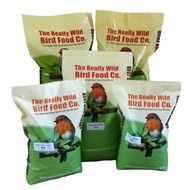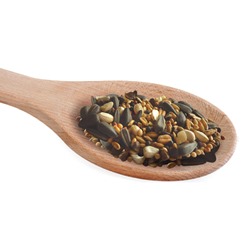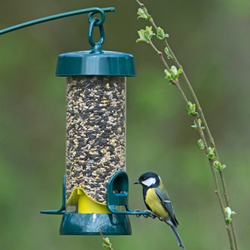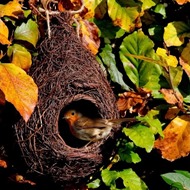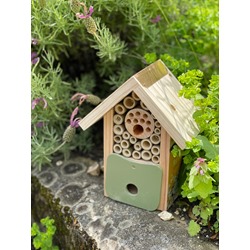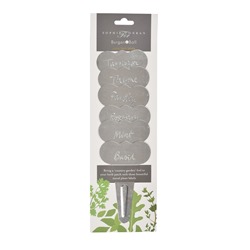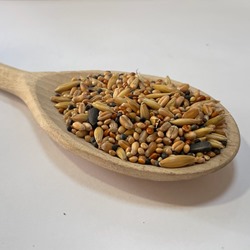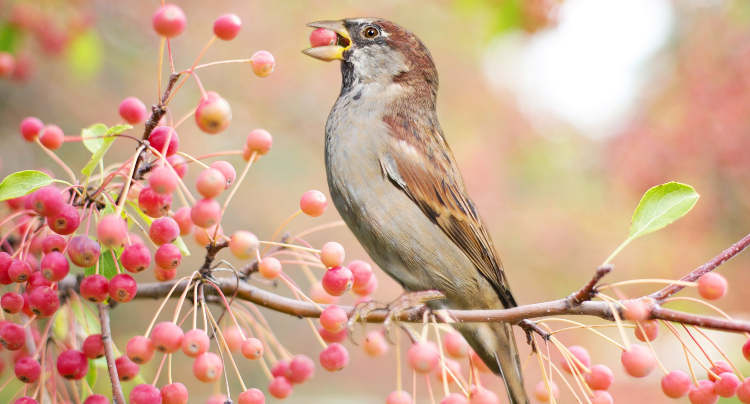
As the cold winds blow and temperatures plummet, there’s no denying that winter is well on its way! In the winter months, birds can struggle to find enough food to get by.
Berries are an important food source during winter months, when many other food sources are scarce and the ground is too hard to hunt for burrowing insects.
Fun Fact: some plants use berries as a way to entice wild birds to spread their seeds for them! The birds either consume the seeds and deposit them miles away from the parent plant, or with sticky berries like mistletoe, the seeds become stuck to the bird’s bill and they wipe the seeds away on surrounding trees. Genius!
There’s a common myth that if you see a bird eating a berry, that means it's safe to eat. This simply isn’t true; many birds are able to eat berries that are toxic to other creatures, such as holly berries and poison ivy berries.
There is still speculation surrounding how birds are able to consume various berries that cause reactions in other animals. Some have hypothesised that the birds are able to consume toxic berries because they don’t break the seed but rather swallow it whole, and the seed is where the majority of the toxins reside. Others have suggested that birds know not to eat the seed and work around it to eat the flesh, and some have simply attributed it to the naturally high toxic tolerance birds seem to possess.
Either way, the result is clear – birds eat a lot of berries in the winter months!
What berries do birds eat?
Holly Berries:
Although Holly berries are toxic to some other animals, they are enjoyed by many wild birds – you can read more about that here. Another advantage of holly that makes it popular with wild birds is the prickly foliage that creates a protective space for birds to safely nest, feed, and relax in.
Wild Cherry:
Wild cherry looks most distinctive in the spring months when its foliage is decked out in beautiful white flowers, the bright red cherries that later grow are delicious! Even ground nesting birds will eat the fallen fruit.
Elderberry:
Loved by both human and wild birds alike, elderberry’s juicy purple berries are delicious for wild birds.
Viburnum:
Native to the UK, the viburnum opulus (also known as the Guelder Rose) is a vibrant plant that produces bright red berries on bare stems during the winter months – very eye catching indeed! These berries are loved by wild birds, particularly thrushes and bullfinches.
Hawthorn berries:
The berries from the hawthorn plant are a very deep red. Most commonly found in September – November, they can also be enjoyed as late as January by over 300 species of insects as well as wild birds, including blackbirds and redwings.
Blackthorn Berries:
The black-blue berries of the blackthorn plant are very petite, only around 1cm across, and are enjoyed as late as December by wild birds including the thrush and the dunnock.
While berries are a great source of nutrition for wild birds, especially in the winter months, you can also support your local ecosystem by putting out feed for wild birds.
Since birds love the flavour of berries so much, why not treat them to some delicious berry flavoured suet? Calorie-dense and packed full of essential nutrients, berry flavoured suet is particularly suited to winter feeding.
Berry Flavoured Suet
If you’d like to take a look at the wide variety of different feed options offered by Really Wild Bird Food, head on over to our website today!
Wild Bird Feed
If you have any further questions about bird feeds, what feeds to use to attract certain birds, how you can best support your local ecosystem in the winter months, or anything else, reach out and contact us today! A member of our team will be more than happy to answer any questions you may have.
Contact Us
Read More: What to Feed Birds in Winter
 Back
Back Bird Foods
Bird Foods
 Seed Mixes
Seed Mixes Straight Seeds
Straight Seeds Mealworms & Worms
Mealworms & Worms Chicken Feed
Chicken Feed Duck Food
Duck Food Peanuts & Peanut Butter
Peanuts & Peanut Butter Suet & Fat Balls
Suet & Fat Balls No Mess Bird Seed
No Mess Bird Seed Wheat Free Bird Seed
Wheat Free Bird Seed Sunflower Seeds
Sunflower Seeds Softbill Bird Food
Softbill Bird Food Bulk Bird Seed
Bulk Bird Seed Trial Packs
Trial Packs Pick & Mix
Pick & Mix Mini Pick & Mix
Mini Pick & Mix Birdie Basics: Budget Bird Food
Birdie Basics: Budget Bird Food Food for Small Birds
Food for Small Birds Back
Back Bird Feeders
Bird Feeders
 Seed Feeders
Seed Feeders Peanut Feeders
Peanut Feeders Peanut Butter Feeders
Peanut Butter Feeders Suet & Fat Feeders
Suet & Fat Feeders Window Feeders
Window Feeders Hanging Feeders
Hanging Feeders Feeding Stations
Feeding Stations Ground Feeders
Ground Feeders Easy Clean Feeders
Easy Clean Feeders Bird Tables
Bird Tables Seed Trays
Seed Trays Bird Baths & Drinkers
Bird Baths & Drinkers Feeder Accessories
Feeder Accessories Feeder Hygiene
Feeder Hygiene Squirrel Proof Bird Feeders
Squirrel Proof Bird Feeders For the Kids
For the Kids Niger Seed Feeders
Niger Seed Feeders Mealworm Feeders
Mealworm Feeders Bird Food Storage
Bird Food Storage Fat Ball Feeders
Fat Ball Feeders Tube Feeders
Tube Feeders



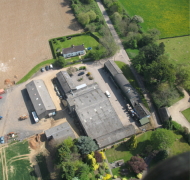 Our Farm
Our Farm
 Tips & Advice
Tips & Advice
Contact Us

